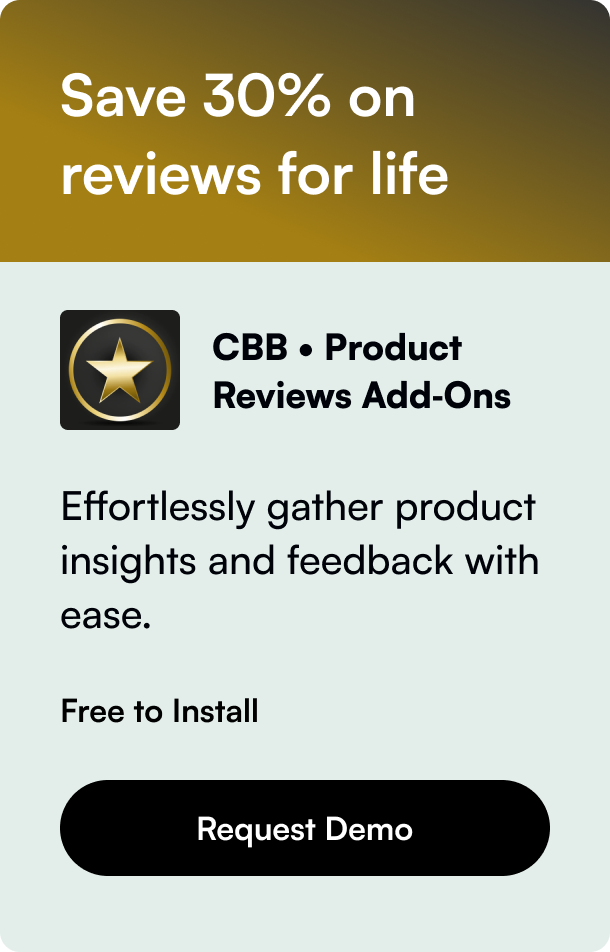Table of Contents
- Introduction
- The Untapped Potential of First-Party Data
- Mastering Ecommerce Ad Segmentation
- Implementation: Turning Data into Action
- Conclusion: Unleashing the Power of Personalization
In today's ecommerce landscape, personalization isn't just a trend; it's a cornerstone of successful marketing strategies. The secret to personalization? Strategic customer segmentation. However, it's surprising to note that first-party data, a goldmine for creating these precise customer segments, remains significantly underutilized in ecommerce advertising. While brands diligently deploy emails, SMS, and direct mails, a vast majority overlook the potential of leveraging their customer data in their advertising efforts. This oversight is a missed opportunity, especially considering the performance lift—sometimes over 25%—that targeted segments can bring to advertising campaigns compared to a broader audience approach.
Introduction
Did you know that incorporating data-driven customer segments into your marketing campaigns could significantly enhance engagement and conversion rates? This fact alone sets the stage for why ecommerce brands should rethink their approach to data usage within their advertising strategies. In an era governed by the need for personalization, ecommerce companies sit atop a treasure trove of first-party data that, if utilized wisely, can transform their promotional endeavors.
This blog post aims to delve deep into the realm of ecommerce ad segmentation, shedding light on how brands can wield their data more effectively to carve out potent, personalized marketing campaigns. From understanding the value first-party data brings to identifying specific segments that can turbocharge your ad performance, we embark on a comprehensive guide designed to elevate your ecommerce advertising game.
The Untapped Potential of First-Party Data
Despite the abundance of customer data at their disposal, several ecommerce businesses remain hesitant to fully harness this asset for advertising purposes. This hesitance stems from an overreliance on traditional promotional channels like email and SMS marketing. However, transitioning focus towards ad segmentation using first-party data can lead to more refined and impactful marketing strategies. Why settle for a generic reach when you can personalize and improve your engagement manifold?
Mastering Ecommerce Ad Segmentation
Starting with a Broad Base: All Customers
Initiating your segmentation with a broad category, such as all your purchasers, provides a foundational audience for remarketing activities like product launches or sales. It's crucial at this stage to exclude this segment from customer acquisition campaigns to maintain focus and relevance.
Honing in on Your Best Customers
Identifying and cultivating top customers—those with frequent purchases, shorter intervals between purchases, and high total value—is pivotal. These segments drive ecommerce success and deserve tailored messaging that acknowledges their loyalty and encourages continued engagement.
Separating Sale from Non-sale Buyers
Differentiating customers based on their purchasing behavior during sales allows for targeted promotions and helps in maintaining the purchasing habits of non-sale customers at full price, thus preserving the brand's pricing strategy integrity.
Gifting: An Occasional Goldmine
Segmenting customers who purchase gifts during specific occasions, like Mother's Day or the holiday season, enables brands to launch targeted campaigns that resonate with the gifting sentiment, thereby enhancing customer experience and sales.
Exploring Category Purchasers for Cross-sells
Segmentation based on product categories purchased can unveil opportunities for cross-selling by aligning new product launches with the existing preferences of customers, thereby increasing the chances of repeat purchases.
Re-engaging the Unengaged
Identifying and reaching out to lapsed or unengaged customers through paid media can breathe new life into dormant segments, sometimes more effectively than via owned media channels like email.
Timing with Peak-Season Buyers
For brands with significant sales outside the traditional Q4 holiday shopping period, creating segments around these peak seasons can optimize ad spend and capture high-intent buyers when they're most receptive.
Predictive Purchasing: The Next Frontier
Leveraging predictive analytics to create segments such as "likely to purchase within x days" or "likely to have high AOV (average order value)" can revolutionize targeting, enabling preemptive engagement with high-value prospects.
Implementation: Turning Data into Action
The process begins by extracting customer segment lists from your ecommerce platform and integrating them with ad channels like Meta and Google. With platforms like Klaviyo offering direct sync capabilities, the setup process has never been simpler. The key to activation lies in customized ad creative and messaging that speaks directly to the identified segments, ensuring relevance and resonance.
Conclusion: Unleashing the Power of Personalization
Ecommerce advertising is on the cusp of a revolution, spearheaded by the strategic application of first-party data for customer segmentation. The segments outlined here represent just a starting point. The real magic lies in continuously refining these segments based on performance, customer behavior, and market trends. In doing so, brands can unlock unprecedented levels of personalization in their advertising efforts, leading to enhanced customer satisfaction, loyalty, and, ultimately, a formidable competitive edge in the dynamic ecommerce landscape.
FAQ
Q: How do I determine which segments to prioritize in my ad campaigns? A: Prioritize segments based on their potential impact on your business goals. Analyze historical data, customer lifetime value, and conversion rates to identify high-opportunity segments.
Q: Can I use third-party data for segmentation? A: Yes, but with caution and adherence to privacy regulations. First-party data is more reliable and safe under current privacy standards and consumer preferences.
Q: How often should I review and adjust my segments? A: Regularly. Consumer behavior and market dynamics evolve, so it's crucial to revisit your segments periodically (e.g., quarterly) to ensure they remain relevant and effective.
Q: Are there any tools that can automate the segmentation process? A: Yes, various CRM and marketing automation platforms offer segmentation capabilities, some with AI-driven insights to refine your segments dynamically based on real-time data.
Q: What is the best way to test the effectiveness of my segments? A: A/B testing. Create control and variant groups within your segments and test different messaging, offers, and creatives to determine what resonates best with each segment.







